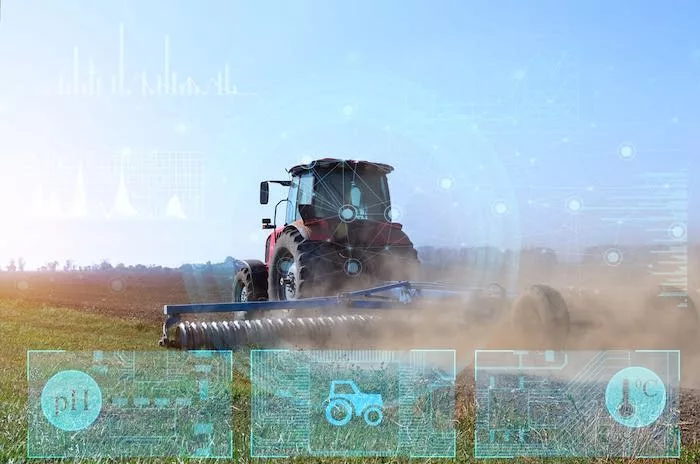As artificial intelligence (AI) and machine learning start to infiltrate agriculture, it's wise to take a moment to remember that the physical world is not data, and plants and animals are not machines.
"Managing the risks of artificial intelligence in agriculture," a new paper from Monash University in Australia, focuses on the ethical issues raised by the use of AI in agriculture.
The lead author is Professor Robert Sparrow, a Monash philosopher whose work occupies the tricky territories regarding the ethical, social and political impacts of new technologies. At issue in farming are the benefits and risks of using more machine learning and artificial intelligence in both large-scale industrial farming and smaller properties.
“Farmers now can use GPS-enabled tractors that can traverse fields without active supervision from the driver,” Sparrow says. “Increasingly in Australia, farmers are still in the cabin, but they're working on their laptops while the machine drives up and down.
“They're also using sensor technologies to gather data about soil moisture in order to change watering regimes. In greenhouses, there's a company offering robotic pollination of plants, using a robot that looks a bit like a toy truck with an air puffer to puff pollen. Fruit packers are using machine learning in packaging for quality control of fruit and vegetables.”
Sparrow says the future of agriculture plays a big role in the future of human and animal life on this planet. With everything on the line, the farmer is more important than ever before.
However, the role of the farmer is changing as AI transforms agriculture into a data-intensive industry. The paper cites U.S. research from 2015 in Rural Sociology journal on the “de-masculinization” of agribusiness, with the Australian researchers adding, “…by allowing fewer human beings to supervise more machines, AI systems will make farmers’ jobs more white-collar and professional.
“In the future, management of the farm may differ little from management of any other complex enterprise carried out by teams of humans and robots. [The U.S. paper argues] that a transformation of the cultural image of the farmer from a person involved in manual labor on the land to a white-collar manager is already being promoted in the advertising of fertilizer, pesticide, seed and farm machinery manufacturers."
Put simply, “This could change the experience of being a farmer as they spend more and more time managing IT systems," Sparrow says.
The risk is losing connection with the natural world — a problem that's already happening, Sparrow says, as most people don't know where their food comes form. Sparrow thinks it's dangerous for the connection to further degrade.
“Labor practices in agriculture can be problematic, as are animal welfare issues," Sparrow says. "It’s hard not to worry, given the history of the impact of technology in agriculture, that AI won't exacerbate these dynamics.”
In Sparrow's view, there are two visions of the future of farming: More local, biodiverse and small-scale enterprises, or more efficient, high-tech and large-scale farms. He says the latter is more productive in the short-term, but it's difficult to predict if they'll deliver food security into the future.
“It would be a mistake to say, ‘Never use a robot where a human could do the job,'" Sparrow says. "I think these technologies do have a potential to free people from dangerous work, miserable work, work that people would rather not do. The question is, of course, what opportunities replace those job opportunities? People who are keen on robots and AI think that they will create more jobs elsewhere. I'm not convinced that's the case.”



![[Technology Corner] A Big Step Forward for Interoperability & Data Sharing](https://www.precisionfarmingdealer.com/ext/resources/2025/12/12/A-Big-Step-Forward-for-Interoperability--Data-Sharing.webp?height=290&t=1765565632&width=400)


